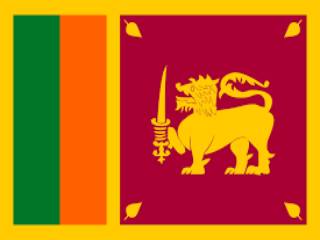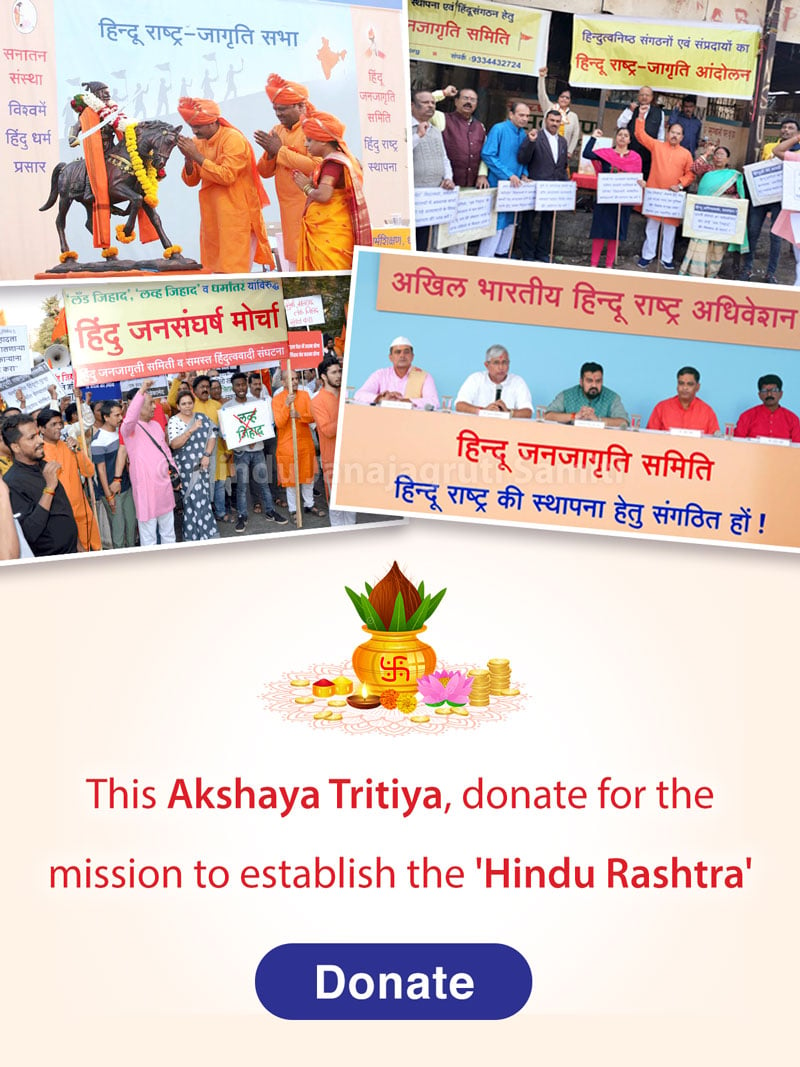There is something fundamentally wrong with our liberal, secular, Hindu intellectuals running the media, that calls for an explanation. They seem to suffer from a fear complex that calls for analysis. Consider this: ‘The Pioneer’ (June 9) had a full editorial on reports from Dhaka that the Khaleda Zia government is considering relocating the Dhakeshwari Kali Temple ? the millennium-old shrine in the heart of the Bangladesh capital that gives the city its name ? somewhere else at the suggestion of the Islamist parties that are partners in Khaleda’s coalition government
There has not been a single voice of protest from any English media. The only Hindu temple in the Pakistani city of Lahore has been demolished to pave the way for construction of a multi-storeyed commercial building. Our secularist intellectuals have again remained quiet. Sometime ago there was a report that a temple in Malayasia has similarly been demolished, but the reaction in India is a resounding silence. Do we all remember an alleged documentary made by a cynical secularist showing the alleged dismemberment of a Muslim woman carrying a baby in her womb?
There was a hue and cry in the English media about the inhumanity of Gujaratis or the Narendra Modi government. How on earth any decent self-respecting journalist would watch such a scene without interrupting it is beyond imagination. The photographer and the reporter standing by should have beaten up the alleged terrorist for indulging in the most beastly criminality and forgotten about filming it. In fact the reporter and photographer should have been sentenced to twenty years R.I. for watching a killing and not attempting to stop it.
Journalism and Humanism
There is something beyond journalism and that is humanism. The photographer who took pictures of the disembowelment of a woman has brought disgrace to the profession. He doesn’t deserve to be called a photo-journalist. The usual excuse given is that it is not the photographer’s job to act as policeman. Of course, it is not. But it is a photographer’s duty to be human at all times. For any photographer to stand by filming the disembowelment of a pregnant woman ? presuming that the story is true-without bludgeoning the murderer brings dishonour to the profession.
An issue somewhat along these lines was recently raised in ‘The Hindu’ (June 12). ‘The Hindu’, as is by now well-known at least to its readers, has an editorial monitor, a sort of Ombudsman, who listens to readers’ views on what the paper prints and publishes and both the views and his comments thereon are published by that distinguished paper. All credit to it. Recently the question arose about the coverage of suicides, especially of farmers in the villages and of students following publication of examination results. The problem facing reporters was: should suicides be covered at all? If it is a public figure who has committed suicide, that’s quite another story. But why report the suicide of one farmer or ten farmers? Is it the number that counts? As H. Narayan, ‘The Hindu’ ombudsman wrote: "Even when writing about a large number of suicides of one group, where does one draw the line?"
‘The Hindu’ used to have a policy of not reporting suicides by students after examination results were announced, fearing that such reporting may act as a trigger for more such suicides. That was a right policy, but Mr. Narayanan says that it is "no longer feasible". He also quotes Dr. Lakshmi Vijayakumar, Trustee of Sneha that total blackout of suicide stories is not desirable and what is needed is responsible reporting of this "multidimensional malaise with social, religious and cultural reasons". The point to remember is not to sensationalise suicide reports. Incidentally, Mr. Narayan quotes comprehensive guidelines issued to journalists by the World Health Organisation (WHO) through its Suicide Project (SUPRE) and also by the Presswise Trust, a UK-based media ethics charity organisation. The American Society for Suicidology and the US Department of Health Centre for Disease Control have also evolved jointly a set of rules which are worth reproduction.
The point is made that there are three ways of covering suicide: in graphic detail (as many newspapers in the US still do), not reporting at all and reporting cases only when they are genuinely newsworthy ? the last being a thoroughly subjective approach. Who is to decide that a particular suicide is newsworthy? According to the Presswise Trust "reporting in an appropriate, accurate and potentially helpful manner by enlightened media can prevent tragic loss of lives by suicides". The WHO points out that reporting in an appropriate accurate and helpful manner" too should be acceptable except that, as it sees the situation "it is not coverage per se, but certain types of news coverage that increases suicidal behaviour".
This is a very debatable issue. Suggestions made by these top organisations include the
following: Avoid sensationalism and a description of the method of suicide; do not offer
simplistic knee-jerk explanations such as attempt to cope with personal problems; point out that the cause may be not a recent event, but complex factors; take account of the impact on the families and show sympathy, understanding and discretion; describe the consequences of non-fatal attempts as a deterrent; and provide links to a helpline.
Very commendably, when examination results were about to be announced this year The Hindu ran two features on the work in Chennai of Sneha which has been active for two decades offering support to the suicide-prone. You might call it responsible journalism. Suicides in recent times have been taking place with painful and shocking regularity and there must be some way in reducing the number and a heavy responsibility therefore rests on the media, both at the national, regional or local level. What else is social service? And what else is the relevance of the media if not to encourage the growth of a healthy and both economically and mentally strong society?
Vulgarity is not news
And what a shame is it for the media to highlight the case of an indecently dressed actress who goes as an invite to a birthday party and gets bussed by the birthday boy, let us say
somewhat lustily ? and then complains? Who will believe such a story? For all one knows it
was a preplanned action intended to draw media attention.
Sadly one often notices that the media turns out to be such suckers. Can’t the media, at least once in a while, prove to be serious and concerned with issues that matter and not
with issues that trivialise life and make people the laughing stock of the country? Vulgarity
is not news.
http://www.cybernoon.com/DisplayArticle.asp?section=fromthepress&subsection=editorials&xfile=June2006_mediawatch_standard148&child=mediawatch

 Mizoram: EC accepts Christians’ demand to defer counting on Sunday, but what if Hindus had made a similar demand?
Mizoram: EC accepts Christians’ demand to defer counting on Sunday, but what if Hindus had made a similar demand? Sign Petition : Immediately repeal the draconian and unconstitutional ‘The Waqf Act, 1995’
Sign Petition : Immediately repeal the draconian and unconstitutional ‘The Waqf Act, 1995’ Shriram : Sri Lanka’s saviour
Shriram : Sri Lanka’s saviour Why it is so cool to malign Hindu gods and goddesses, but it may not be that easy now
Why it is so cool to malign Hindu gods and goddesses, but it may not be that easy now Shocking Truth of Taj Mahal exposed by Late Pujya P. N. Oak
Shocking Truth of Taj Mahal exposed by Late Pujya P. N. Oak How are Hindus treated in states where they are in a minority?
How are Hindus treated in states where they are in a minority?